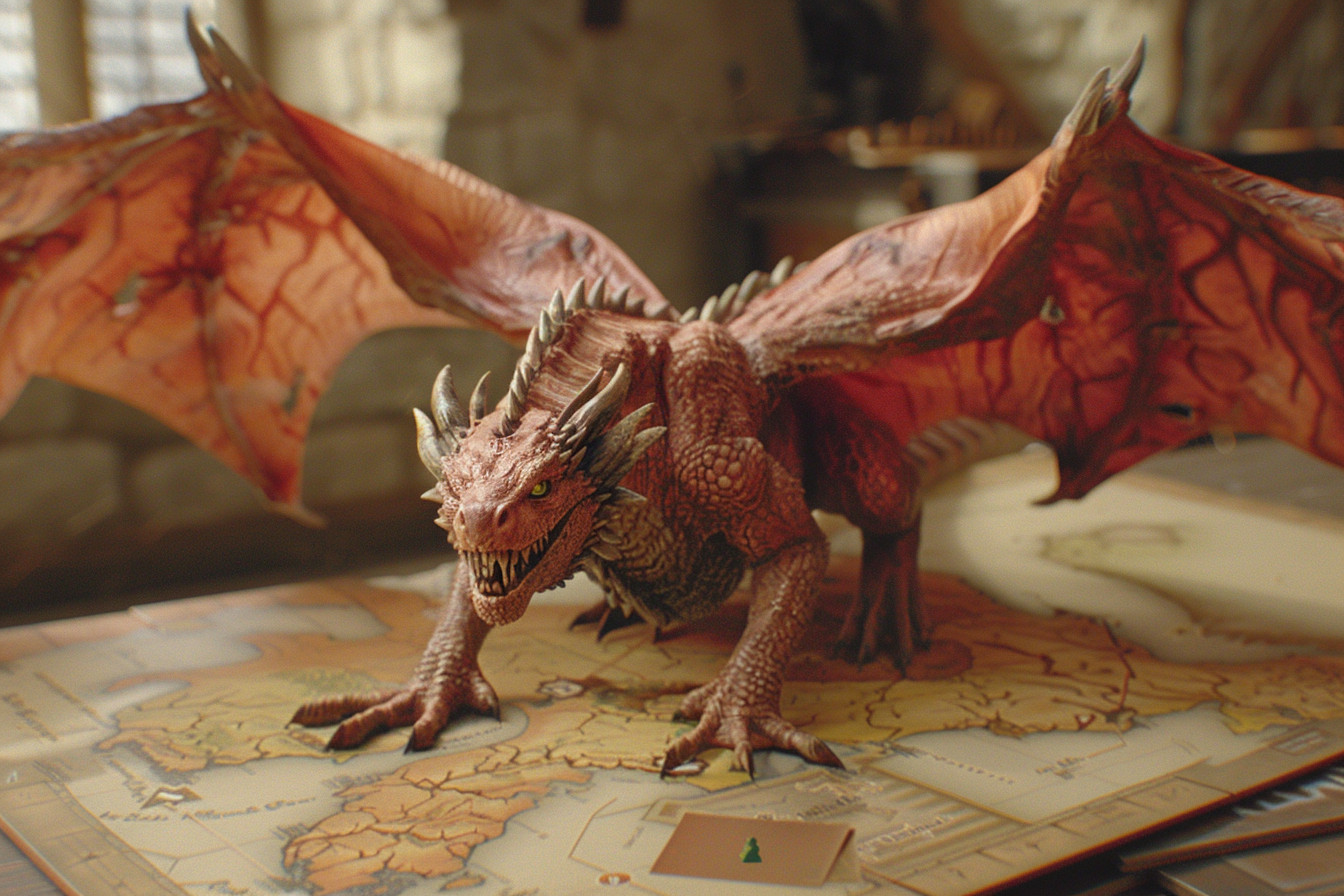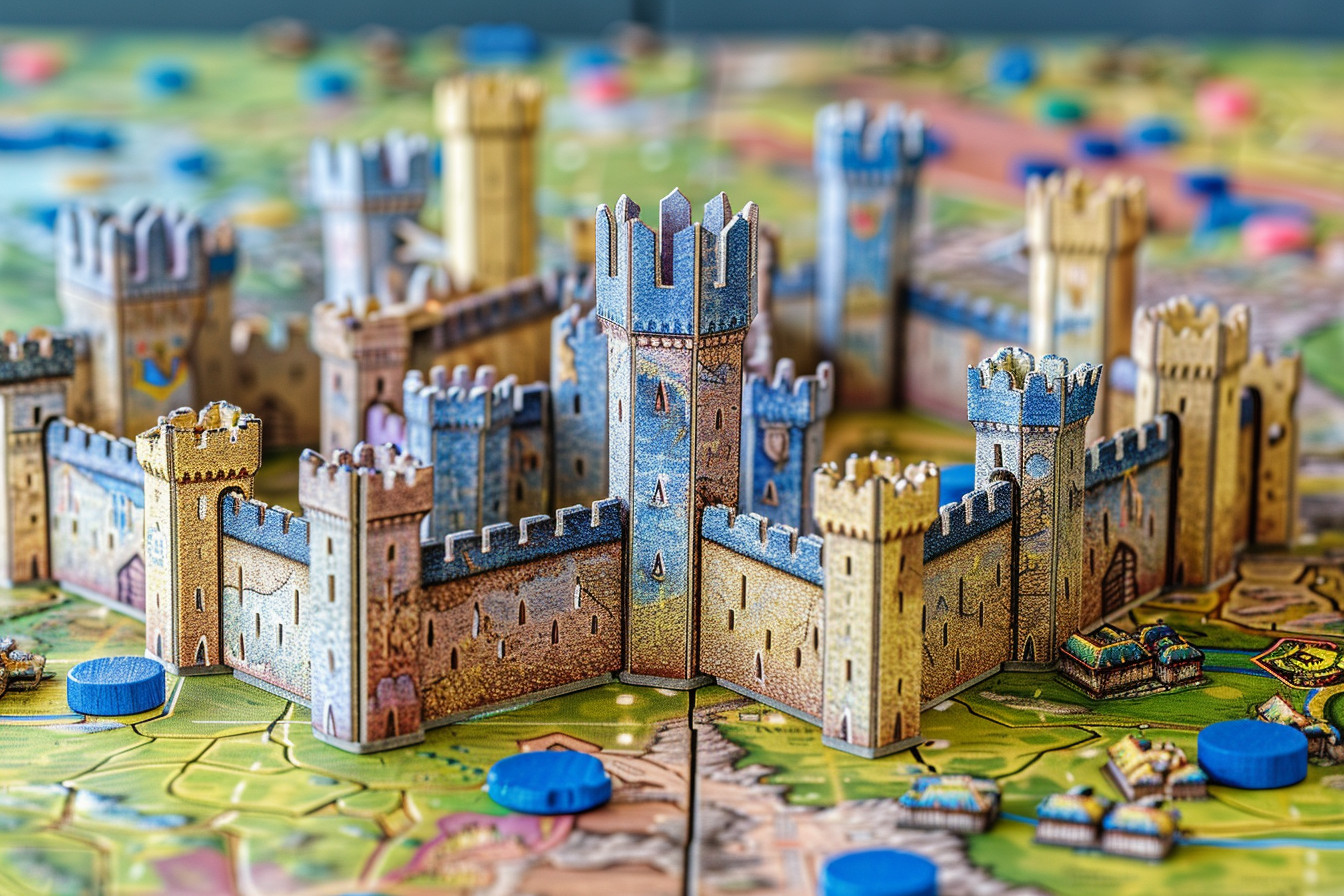When I first opened the box of Wingspan, I knew I was in for something special. I’m an avid board game player, and I’ve seen a lot of games come and go, but few capture attention quite like this one. Wingspan has a blend of strategy and beauty—I mean, the game is really, really pretty, thank you very much, Stonemaier Games—but more than that, it blends strategy and beauty in a way that makes it feel so rewarding and, dare I say, wholesome to play. What you do in the game creates (a sort of) playable nature. Well, nature in the form of a bird sanctuary, where you can build habitats, balance the gains of food and eggs/mama birds (who are worth a lot more in points than you’re led to believe), and set your aerobatic starling to flapping in the game’s smooth finale.
Wingspan is a game my close friends and I played one lovely summer evening. We set it up on the porch as the sun sank low, the gentle warmth of its rays still just able to touch the tabletop. I and one of my close friends had the game setup mostly ready to go when another close friend, an avid birdwatcher, came outside. He was followed moments later by a pair of friends who were also avid birdwatchers. And I do mean avid—it was in the way they spoke about their many birdwatching adventures, and I could hear how this game had become a way to extend that excitement even more between birdwatching adventures.
Nature connects our world, even Wingspan’s world of avian strategy. You aren’t merely creating an engine in a game that’s simultaneously a tribute to birdwatching and a 2019 Spiel des Jahres winner. You’re also engaging with the serene, delightful, often delightful experience of birdsong, even if you’re unfortunately hearing it only through the game’s beautifully illustrated cards. While there are competitive elements in Wingspan, it manages to maintain a sweet, light atmosphere. Unlike some strategy games that can induce a kind of cutthroat tension, Wingspan feels like a way to occupy your brain on a lazy Saturday afternoon.
Establishing Wingspan is nearly a ritualistic process. You first set out the player mats, each one alive with color and pattern, and each one, it seems, quite essential to the different “real estate” the players are vying to control. Mats aside, the first component that really shone in my eye was the birdfeeder dice tower. Its design is practical and delightful, its form and the function of rolling into it are both satisfying and surprising. Most importantly, though, it also hints at the game’s theme and what its mechanics will have players doing—the face you’re greeted with is a friendly one.
Every player starts out with five bird cards and five food tokens, but here’s the catch: you must discard some of them before you can start the game. It’s a seemingly small decision, but it can shape your entire playthrough. My first time around, I held on to a high-value bird, with the intention of playing it early. But I ended up hoarding food and barely scraping by, while the bird sat dormant. I did learn an important lesson about the balance between ambition and being practical when setting up your tableau. And it also taught me that in this small decision lies a delicate act of foresight that can be played up or down as you see fit.
Then there are the bonus cards. Every player starts with two and keeps one, angling for everything from certain sizes of birds to focusing on particular habitats. My favorite games are the ones where I pivot from my initial plan because a new card draw changes the dynamic or an end-of-round goal shifts my attention elsewhere. I delight in this kind of flexibility and push and nudge—the little bit of strategy and luck that keeps coming back even after 50+ plays.
The Heart of Wingspan: Gameplay Unfolded
In Wingspan, you construct your bird habitats, and every single thing you do contributes to your endgame. Whether you play a bird, gain food, lay eggs, or draw cards—all these actions lead to your strategy. And that’s what gives it the satisfying sense of counting time in the game. You’re not ever just existing in a moment. You’re either consistently passing toward your plan or adapting to the board state in a way that gives a variety of satisfying possibilities.
When you play a bird card, you have to put it in one of your habitats. Each bird has a very specific set of food requirements that you have to meet in order to play them. Some birds are very easy to play; they cost just one food token, and you can meet their requirements with just a single food type. Other birds require two or three types of food, and some of them need food that is more high-value. Everyone in our game does pretty well with the “gain food” action, but I once managed to build a habitat (at least I think it’s a habitat) full of forest birds that allows me to gain so much food in that action that I don’t even have to worry about it.
However, things do not always go as planned. In one game, for instance, I attempted to hasten the acquisition and play of a powerful wetland bird that had an ability requiring a lot of fish tokens. Despite this strategy, I found myself in a precarious position, scrambling for food while my opponents were well on their way to constructing victory. Fish or no fish, that game ended with my opponents enjoying a lovely evening on the table.
Acquiring food is not a brainless task. You must consider carefully what food will satisfy your birds. The feeder is a wild mix—seeds, nuts, and fish—that haphazardly dishes out between one and three food tokens each turn. You roll dice and place them on your tableau. The gamble is in hoping the right food shows up at the right time—between now and the end of the game.
A strategy that has proven effective for me is concentrating on birds that enable you to control the food supply. You can’t beat the joy that comes from taking a handful of seeds and transforming them into something useful for a major engine you’ve built. In one unforgettable round, I assembled a crew of forest birds that let me re-roll the dice when I wasn’t happy with what the first or second rolls had produced. At about that same time, I had a surfeit of food. I was able to transition to egg-laying and drawing more cards without the game feeling like a slog.
That moment made Wingspan feel dynamic and fast-paced.
On the surface, eggs might appear to be a simple resource. But they are crucial for numerous, complex reasons. You need them even to create more birds! For my money, the organs, the poultry—what? Oh wait, I mean the eggs. My argument is that “Eggs for Points” is not just a ridiculous strategy but is also emblematic of a thought process everything I said about last week.
[ Image 4 ]
In one match, I chose to concentrate nearly all of my efforts on egg production in the later rounds, banking on it to see me through the endgame. I won, but by the skin of my teeth. I would say I felt no satisfaction after the final round—it is impossible to feel satisfaction when one is counting silently and one’s hands are shaking—but I did compulsively recount my eggs. The game’s beauty lies in its adaptability. Once you clearly grasp its rules, you can strategize in divergent ways and still achieve the win condition.
The habitat of the wetlands lets you pull new bird cards, and this can really alter a game you are losing into one that you might still have a chance to win. Timing is crucial—if you draw right after your opponent has gone and before the next round begins, you can really catch them off guard. But if you end up with an assortment of cards that don’t quite fit your strategy, you can feel pretty dumb and useless. I don’t think I ever felt as dumb and as useless as I did when I played a recent game of Wingspan and drew cards for the wetlands habitat.
A favored aspect of the game for me is that you can construct your tableau around certain bird powers. I once combined three different birds that each let me draw a bird when I performed the action to draw cards. With three avian allies, I was in the constant option zone, and my opponents were left to gamble on what I was going to pull off next. The game offers plans to see through to victory, but it also offers opportunities to pen your own avian espionage thriller.
Pros: What Makes Wingspan Special
The beauty of Wingspan lies not just in its art but in its remarkable accessibility that leads to strategic depth. The first-time player understands the rules intuitively, just as an experienced gamer does when delving into the game’s core mechanics. Both types of players can find common ground with Wingspan because, at its heart, it is a game about celebrating birds. It’s easy for a mixed group of players to enjoy Wingspan, regardless of whether they’re primarily concerned with strategy or enticed by the game’s theme.
The premium parts—from the custom wooden food tokens to the robust player mats—make each session feel remarkable. There’s something satisfyingly wholesome about rolling the dice in the birdfeeder or laying the eggs in the game. This isn’t just some kind of board game experience you’re having; it’s an encounter with the thing itself. New players never fail to comment on how pretty the game is before they even make their first move.
Another key aspect that makes Wingspan shine is replayability. The variety of bird cards, bonus cards, and end-of-round goals ensures that every game feels sufficiently different. I’ve had games where I focused on building a single powerful habitat; I’ve also had games where I spread my birds across all three habitats. The European Expansion maintains that premise of variety and introduces so many birds and new mechanics that, even after maybe 10 or 12 playings of Wingspan, I’ve never felt like I was playing the same game twice.
Cons: Where Wingspan Might Fall Short
Like any game, Wingspan has its challenges, and one of them is its card-handling mechanism. The game keeps you interested by making you draw cards, but drawing cards can also make you unlucky. I once saw someone in a 3-player game draw the same card three times while trying to find a reasonable bird to play. That said, Wingspan really shines in 2-player games, where the board state offers an amount of room for each player to maneuver that feels optimal. In a 5-player game, the wait time between turns stretches to a point that might make some players feel a little antsy.
Wishing well can only get you so far in Wingspan, but as with the cards you draw, you have to play the life you’re dealt and make do with what comes out of it.
Final Thoughts: A Game Worth Your Time
To conclude, I will say that Wingspan is a game well worth my time—after dozens of plays, I can clearly state that I enjoy it sufficiently to keep it on my shelf. Its combination of thematic depth (even if I don’t keep strictly to the rules of bird placement when I make my aviary!), gorgeous components, and the simple delight (ha!) of discovering new birds keeps me coming back. Even if I were to master the strategic play of the game—and I’m not sure if I’ll get there, given how many games I’ve played where I’ve come closer to the end, only to realize I’ve missed some high-scoring opportunities—I still think I would enjoy playing it because of its evolution of thought and delightful surprise.
What Wingspan offers is something beyond the mundane win-or-lose dynamic. As a board game, it takes you along a journey, and the remembrance of the journey, more than the remembrance of mere destination, is what gives Wingspan its special appeal. It reminds you that board games can be — and, more often than not, should be — deeply relaxing as well as intellectually engaging. And Wingspan achieves that balance nicely. If you’re a fan of board games that offer a meditative quality alongside their strategic and storytelling elements, then Wingspan is worth your time.






